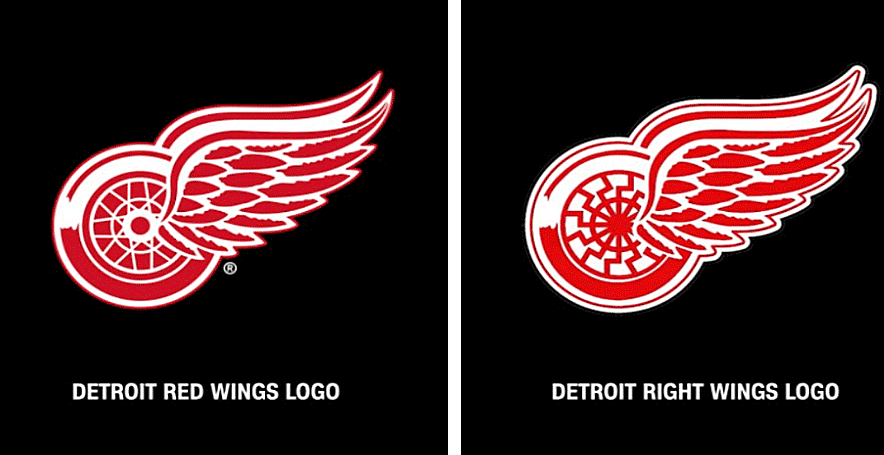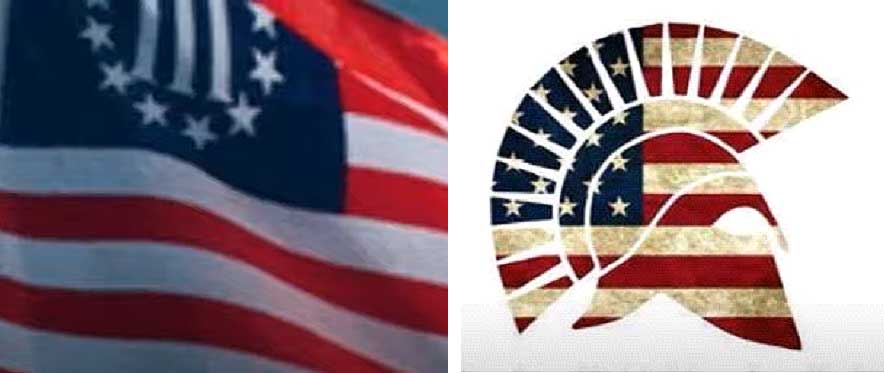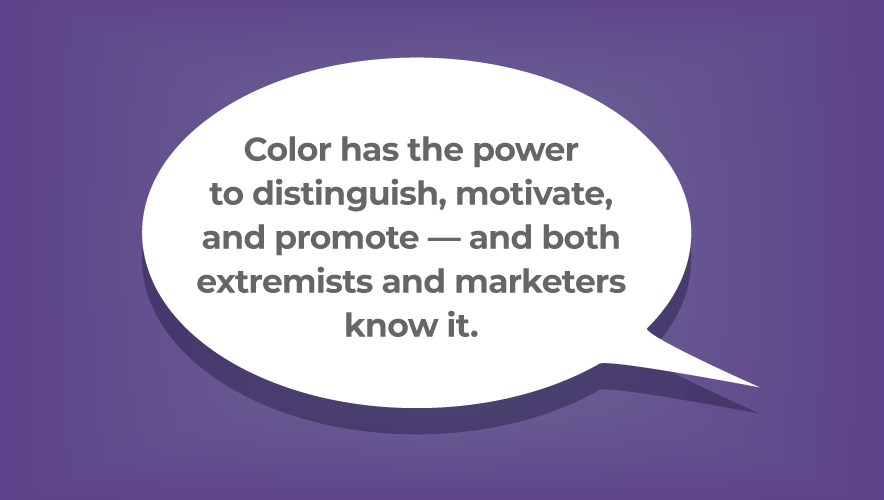Hatejacked: How to Monitor for Co-Opted Messaging
Ensuring corporate messaging resonates and connects with employees, stakeholders, and customers is difficult. Finding the balance between what people need to know and what they want to know is complicated. Thus, this is often viewed as a task best left to the marketing gurus.
This is a mistake many security and risk professionals make, however, given that corporate messaging can expose a company to greater risks than often thought. For example, the co-opting or appropriation of messaging content for outsiders’ nefarious aims and ambition. As corporate messengers seek to use messaging and logos to distinguish their brand, it is also imperative that organizations are mindful of—and take active precautions against—the misuse of the brand by potential adversaries, extremists, and opportunists seeking to co-opt elements of their messaging.
In the context of extremist groups, recent research from Montclair State University labelled this practice as hatejacking; when “an extremist group publicly presents linkage to a brand, typically to claim legitimacy by the [implied] association,” albeit no real association exists. Extremist groups often do this through the appropriation of symbols, colors, logotypes, and even music.
A key element of persuasive corporate messaging is that it needs to be brief, and as a result, it often contains oversimplified concepts. This helps ensure the content or brand is noticed, remembered, and desired. In an ever-cluttered communication space, this is necessary.
This oversimplification of messages, however, comes with a risk. Some leading brands have found that when overgeneralizing their message, they may end up resembling other brands—whether by mistake or by design. The following examples, therefore, serve as an important lesson for organizations in minimizing their risk exposure—security managers take heed.
Brand Appropriation
While some of the most prominent and often touted examples of brand appropriation are the Fred Perry and Lonsdale brands co-opted by extremist groups, others have more recently fallen victim. For example, The Detroit Red Wings hockey team logo—which is a winged automobile wheel that celebrates the city’s history of manufacturing—was co-opted by the Detroit Right Wings, a white supremacist group. While the latter repurposed the wheel to include the Nazi SS symbol, the remaining symbol is relatively indistinguishable from that of the Detroit Red Wings, especially from a distance or a simple glance.

The similarities serve to create an implied association between both brands and provides the Detroit Right Wings with a strong resemblance to legitimacy. Their use of the symbol allowed a small group with a small social media presence to obtain attention and notoriety by co-opting an established brand. For the Detroit Red Wings, however, this is an enormous risk and threat to their brand, reputation, and image.
Even more subtle approaches to brand appropriation are clear, too, where groups use a small but distinguishable element of another symbol. No organization has a monopoly on symbols, despite being able to trademark elements or designs. Thus, rogue groups often use an aspect of another’s symbol or logo, which can expose that organization to similar reputational risk. This was the case when the John F. Kennedy Special Warfare Center and School advised all its personnel to no longer use more than a dozen symbols that law enforcement had linked to extremist activity.
One of these symbols was the Roman numeral “III” surrounded by a circle of stars, a symbol used by the Three Percenters. The Three Percenters, or III%, are a far-right, anti-government militia movement in the United States. It is a movement made up of self-proclaimed patriots protecting Americans from government tyranny, according to the Anti-Defamation League.

Editor's Note: Screenshots from a III% video
The framing of this symbol on a flag with a similar design to the American flag also illustrates the opportunity to misuse and co-opt colors. This is another powerful mechanism of appropriation. Research shows that different colors provoke vastly different reactions in people and are a significant mechanism for brand recognition. People react to color relatively instinctively, and in a cluttered visual environment, color helps them prioritize and cut through the volume.
For example, who does not recognize the origin of a small box in Pantone 1837 C when they see it? Or the manufacturer of heavy machinery in Pantone FFC500? Both brands create an association when we see their logos because color has the power to distinguish, motivate, and promote—and both extremists and marketers know it.

It is not only the visual that is at risk, however, aural content is co-opted too. For example, an anti-mask protest group co-opted Twisted Sister’s song “We’re Not Gonna Take It.” While highlighting that the song spoke to “to the disenfranchised everywhere,” the band asked the protestors to stop using its song and publicly expressed its support for social distancing, mask-wearing, and vaccination. Twisted Sister noted, however, that there was little it could do but publicly shame the protestors into stopping using it.
Brand Impersonation
Another risk that has recently come to the fore more prominently is brand impersonation. In the aftermath of Elon Musk’s controversial introduction of the $8 a month “blue tick” paid verification model on Twitter, reports of brand impersonation increased exponentially.
Brands like BP Global, Tesla, Nestle, and Lockheed Martin were just some of the names targeted, with the latter reportedly losing billions due to an impersonation incident. While this recent series of impersonations is new, this modus operandi is not.
Cynax, a threat intelligence firm, reported in November 2022 that more than 42,000 domains registered since 2017 have been involved in phishing scams by impersonating reputable companies. These phishing scams lure unsuspecting victims into giving away sensitive information under the guise of communicating with a reputable brand.

The recent simple brand impersonation on Twitter is more subtle and often harder for people to distinguish—especially when impersonators can validate their activities in a credible manner.
Both forms of impersonation, however, can destroy reputational and financial trust in the brand, which can be very difficult to get back.
Brand Protection
The Twisted Sister incident raises an interesting and crucial point—the ability of an individual or organization to stop a group from appropriating a brand is limited. That does not mean nothing should be done, both by well-established brands and new brands, but greater understanding of these risks is needed so more proactive actions can be taken. There is a role for security managers in this. They should take more of an interest in—and awareness of—branding design, resonance, and engagement to ensure proactive monitoring of the brand, its use, and the potential for misuse.
The following are several actions a security manager may wish to take to help build resilience within an organization to mitigate the impact of brand appropriation and related reputational risk. Security and risk managers should not leave this to marketing and public relations departments alone, given the potential risks.
- Create a small, multi-departmental team that brings differing views on the issue.
- Provide training, where required, on protecting brand reputation and related risks.
- Actively monitor brand activity and engagement by analyzing the online business environment, especially as it relates to social media; monitor brand mentions and analyze sentiment around them; anticipate triggers that may impact the brand; and try to identify detractors, critics, or potential co-opters of the brand.
- Proactively try to identify organizations with similar logos, colors, and logotypes.
- Examine the identified organizations’ goals, values, and activities.
- Monitor emerging events—local, national, and geopolitical—that may likely trigger brand appropriation or logo misuse.
- Monitor engagement around the brand or organizations that may not be foreseen or envisaged.
- Simulate an exercise where the brand is appropriated, then devise and test a response.
- Develop a strategy so if an incident of this nature occurs, an immediate response can be activated.
There is no doubt that brand appropriation by nefarious actors is hard to predict or combat, but organizations must be more proactive in their preparation, and swift in their response, to build resilience within the organization and protect its reputation.
Sheelagh Brady has approximately 25 years of experience in policing and security, working with An Garda Siochana, the Irish Police Force; the European Union Common Security and Defence Policy missions and the United Nations in Bosnia Herzegovina (BiH) and Libya; and the United Nations Department for Safety and Security in Nigeria. Since 2014, she has combined this experience, with her academic knowledge, providing a unique perspective on security and risk to business, governments, and non-profit organizations. Brady was awarded a PhD from Dublin City University in 2021 titled “PhD Shared cues, different violence organizations—exploring the visual strategies used by extremists, gangs, the military, and private military contractors/mercenaries.” Connect with her on LinkedIn or follow her on Twitter: @SbradyInt.










